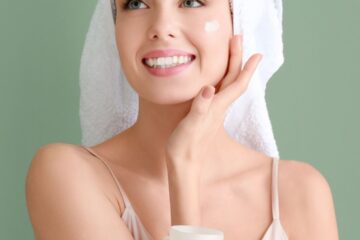As many as 75% of consumers prioritize well-being, according to data presented by Circana. Moreover, this trend is not limited to a single age group—wellness connects generations from Gen Alpha to Boomers. For cosmetic brands, this means adopting a holistic approach to skincare that addresses the needs of different generations.
🔹How do different generations perceive wellness in cosmetics?🔹
🔹 Gen Alpha (born after 2010) 🔹
For the youngest consumers, gentle, natural formulas—often recommended by parents—are key. Education about skincare with a focus on conscious consumption is also becoming increasingly important.
🔹 Gen Z (born 1997–2012) 🔹
This TikTok-raised generation looks for multi-functional, dermatology-inspired products that offer both effectiveness and instant visual results. They choose cosmetics that align with their values—ingredient transparency, ethical production, and a positive impact on well-being.
🔹 Millennials (born 1981–1996) 🔹
The generation that redefined wellness. For them, skincare is part of self-care, and cosmetics play a role in relaxation rituals that support work-life balance.
🔹 Gen X & Boomers (born before 1980) 🔹
These generations value effectiveness and proven formulas. They reach for products with scientifically backed results but are also increasingly seeking skincare that supports long-term skin health, such as peptides and ingredients that stimulate regeneration.
🔹What does this mean for cosmetic brands?🔹
🔹 Multigenerational product lines – Cosmetics tailored to the needs of different generations but with a common denominator: wellness as a core value.
🔹 Transparent communication – Consumers want to know how a product affects their skin, well-being, and the environment.
🔹 New engagement channels – Social media, wellness apps, and augmented reality (AR) help brands connect with audiences and build communities.
Wellness is not just a trend—it’s a shift in the way we perceive beauty and skincare.




